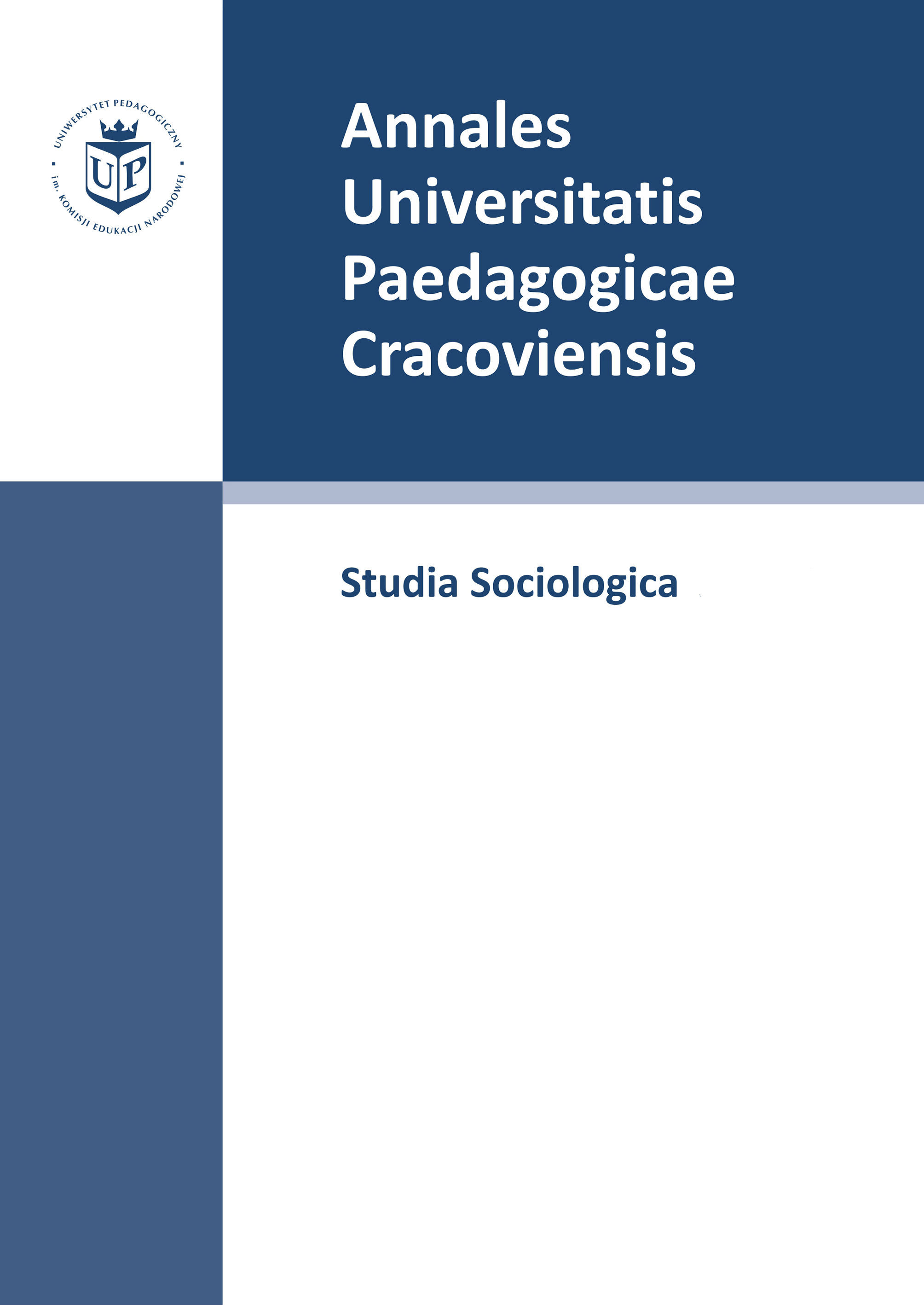Elimination of social inequalities as a prerequisite for reducing the risk of infectious diseases
Elimination of social inequalities as a prerequisite for reducing the risk of infectious diseases
Author(s): Anton Lisnik, Katarina GreňováSubject(s): Social Sciences, Sociology, Social development, Health and medicine and law, Family and social welfare
Published by: Wydawnictwo Uniwersytetu Komisji Edukacji Narodowej w Krakowie
Keywords: society; social inequality; health; infectious diseases; tuberculosis
Summary/Abstract: The health of the population is one of the key factors in the development of society. Apart from the personal responsibility of individuals for their own health, the latter is also the responsibility of the state, not only in relation to its citizens, but also within the context of globalization and in relation to other international communities. The basic determinants of an individual’s health and that of the whole of society include in addition to lifestyle, the genetic basis of health and socio- economic conditions. It is hard to find a society in which all its members were to have optimal living conditions and equal access to social resources. The result is social inequalities, as well as the emergence of inequalities in the health status of the population. Some diseases have already been labelled social diseases (especially infections), as they have been most prevalent in countries with a low standard of living. Social conditions and lifestyle affect the health of individuals while increasing the risk of infectious diseases in these social groups. Therefore, even in the 21st century, widespread infectious diseases typical for the past century exist, for example tuberculosis, which is considered the best-known and most prevalent infectious disease. There is a link between the health inequalities of individuals and public health, because the greater the inequality, the worse the health of the population as a whole. The article deals with social inequalities and their removal aimed at reducing the risk of the spread of infectious diseases with emphasis placed on tuberculosis. The basic method was content analysis of the available subject literature, and the analysis and synthesis of statistical data.
Journal: Annales Universitatis Paedagogicae Cracoviensis. Studia Sociologica
- Issue Year: VI/2014
- Issue No: 2
- Page Range: 141-155
- Page Count: 15
- Language: English

